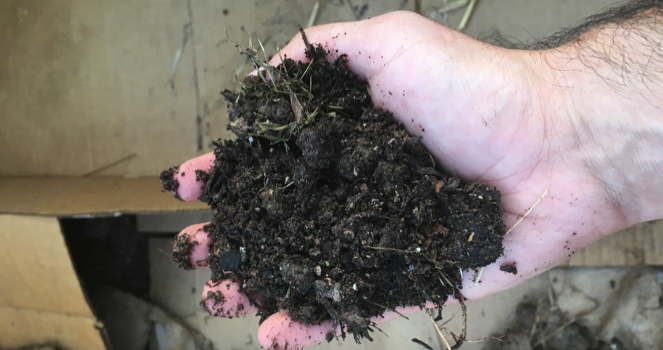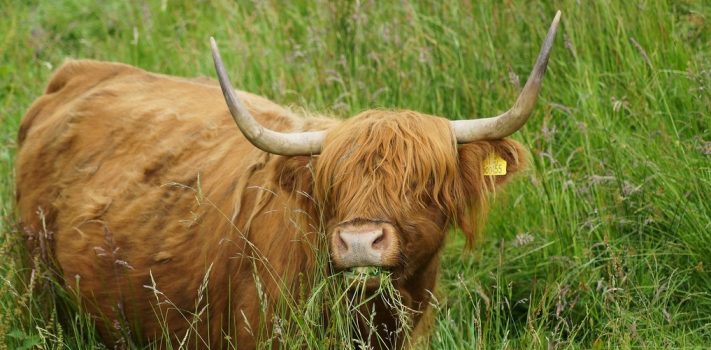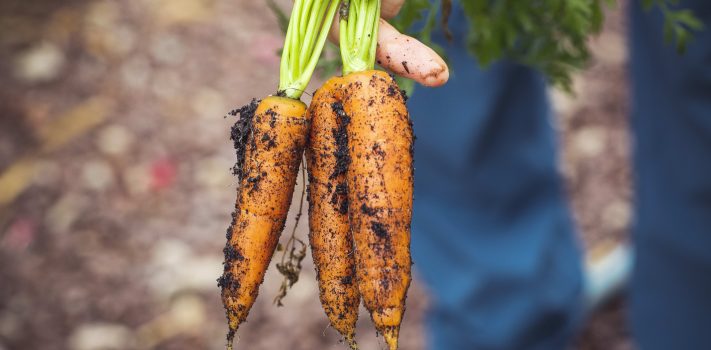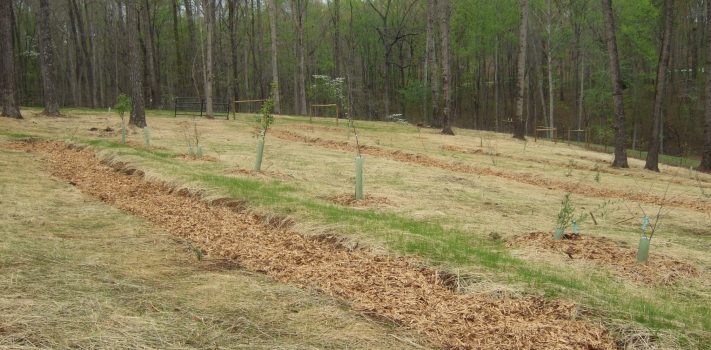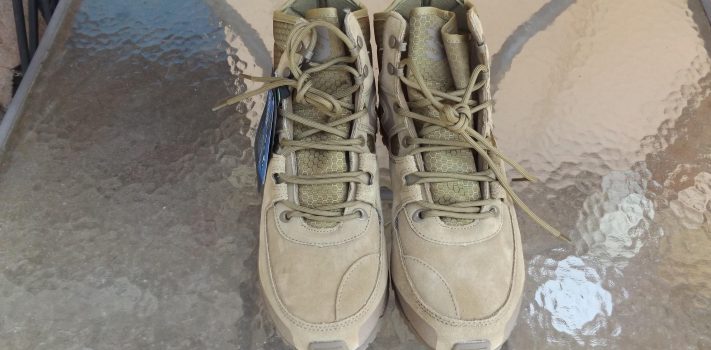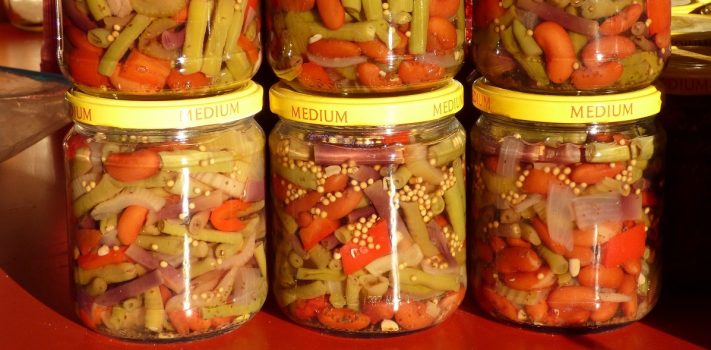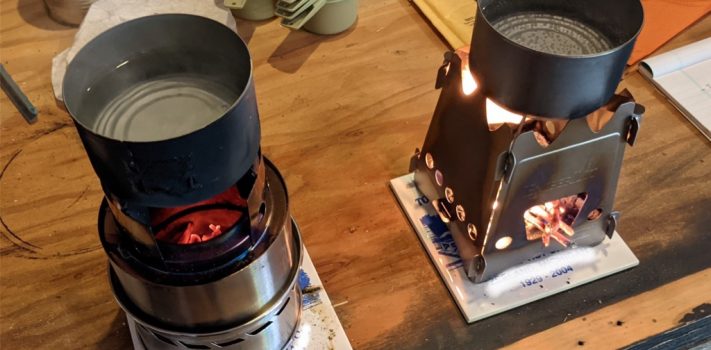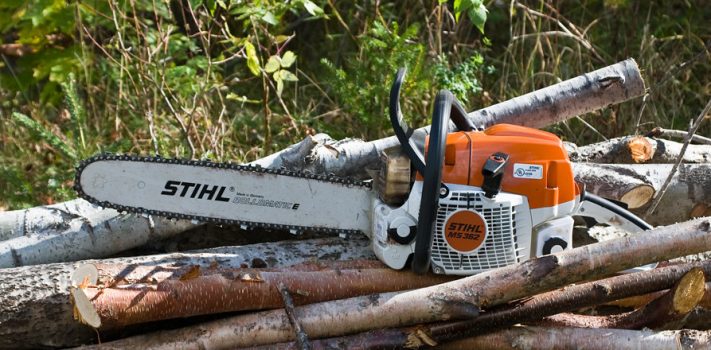Black Gold: Organic Matter – Part 1, by R.M.
Organic matter should be considered black gold. This aricle will describe why you need to work on it, now. Summary: Higher organic matter soils are just about drought-proof, need far less fertilizer, and the organic matter will balance out acid/base and many other conditions resulting in healthier plants that are more resistant to everything from too wet / too dry to insects and disease. I started gardening in the sand hills of Florida over 50 years ago. 78 feet of sand until you hit clay. My first garden was a total failure. For my second garden I followed the exact …

